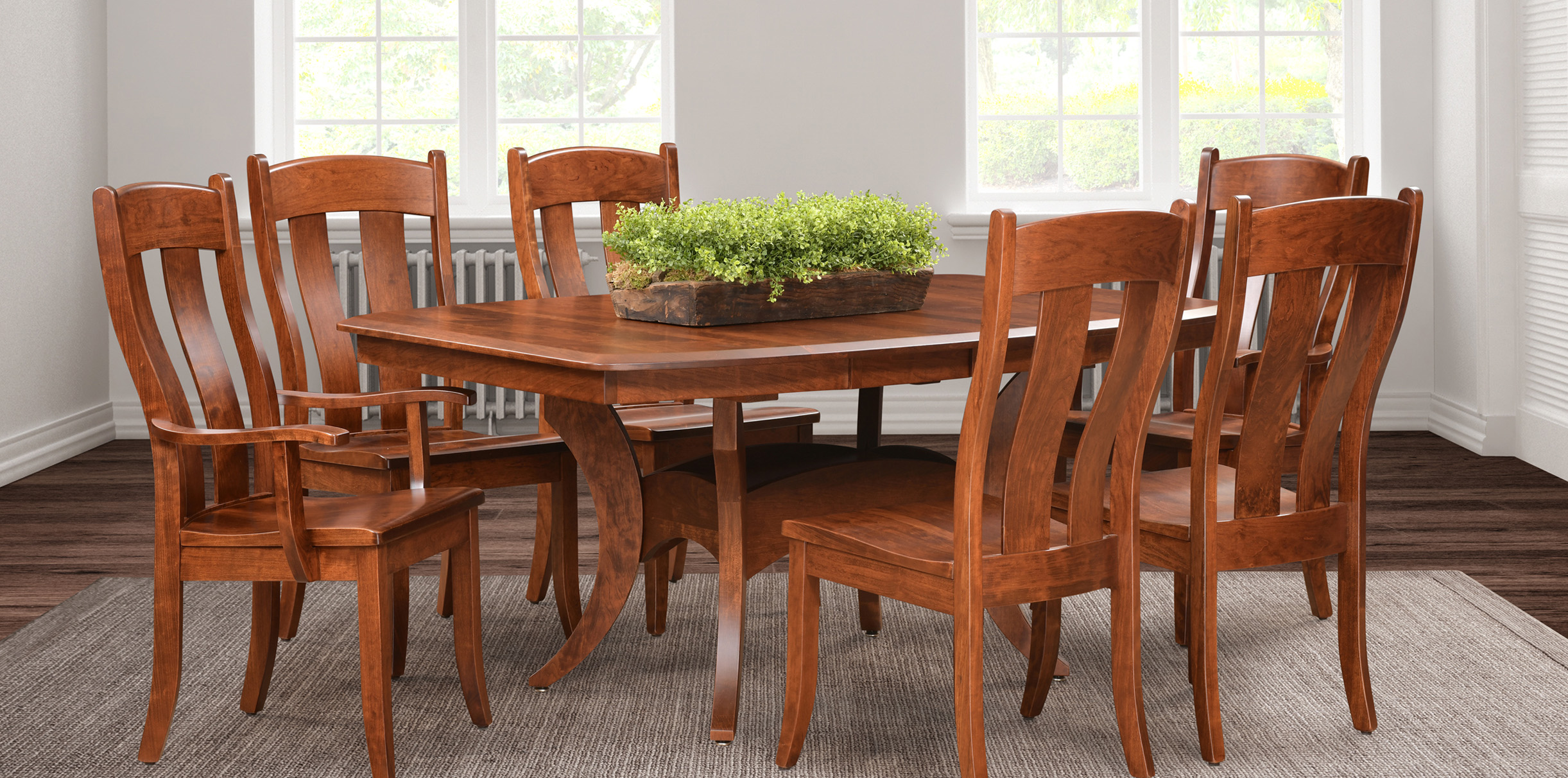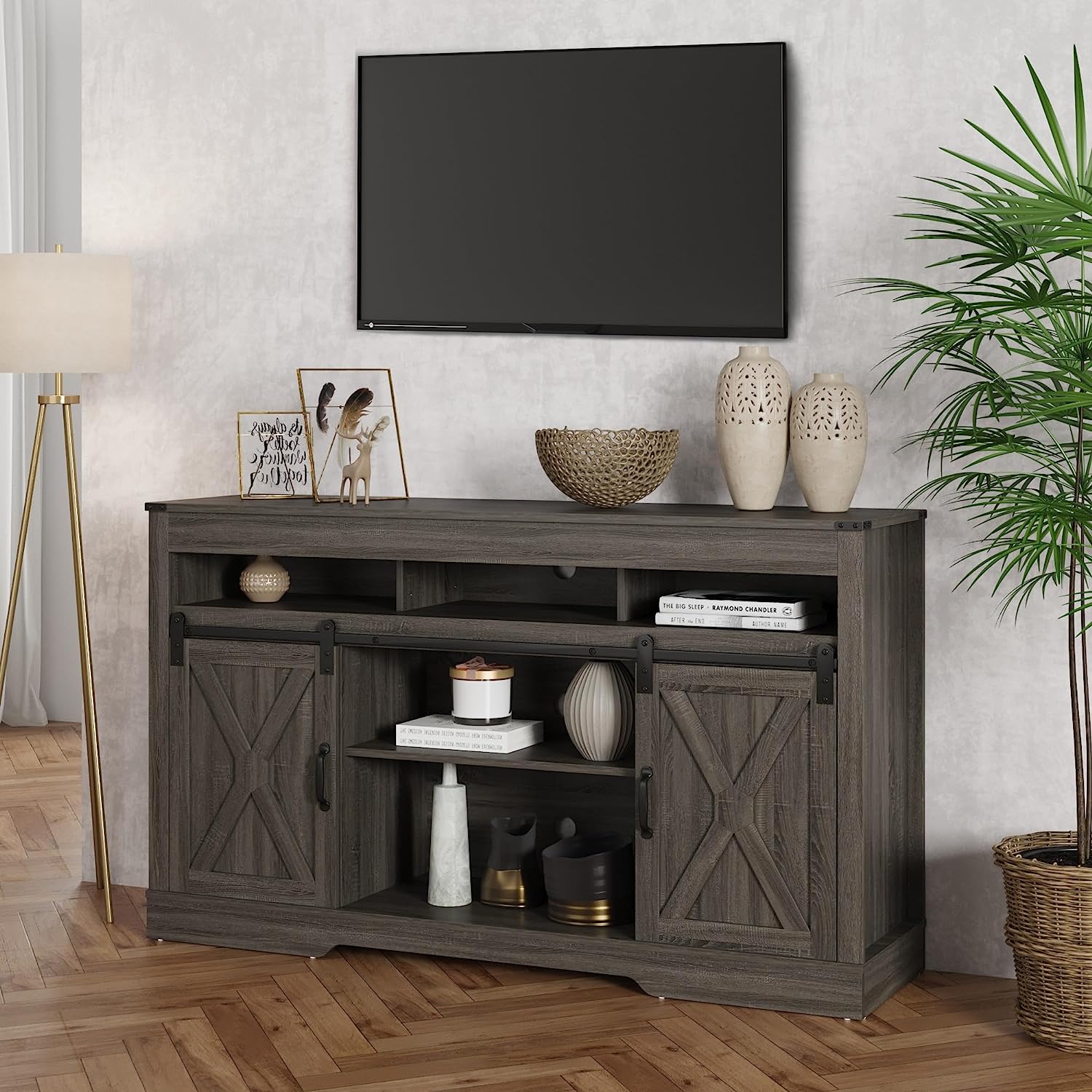When it comes to furnishing your space, real furniture stands out as the ultimate choice for those who value quality, durability, and timeless appeal. There's just something special about owning pieces that are crafted with care, using natural materials and traditional techniques. Whether you're a first-time homeowner or a seasoned interior designer, understanding the world of real furniture can transform the way you decorate your home. So, buckle up because we're diving deep into the nitty-gritty of authentic furniture, uncovering everything you need to know!
But why should you care about real furniture anyway? Well, let me break it down for you. Unlike mass-produced knock-offs, real furniture is built to last. It's not just about aesthetics; it's about investing in pieces that will stand the test of time. Plus, when you choose real furniture, you're supporting sustainable practices and artisans who pour their heart and soul into creating these masterpieces. Now, doesn't that sound like a win-win situation?
Here's the deal: this article isn't just another fluff piece. We're going to dive deep into the world of real furniture, exploring its benefits, how to identify genuine pieces, and even some insider tips from industry experts. By the end of this read, you'll be armed with the knowledge to make informed decisions when shopping for furniture. So, grab a cup of coffee (or your drink of choice), and let's get started!
Read also:Tim Tebow The Inspiring Life And Impact Of A Multifaceted Icon
What Exactly is Real Furniture?
Let's start with the basics. Real furniture refers to pieces that are crafted using natural materials such as solid wood, genuine leather, and other organic components. Unlike their synthetic counterparts, these pieces are made to withstand the test of time, offering both beauty and functionality. Think of it as the difference between a fast-fashion t-shirt and a high-quality tailored suit. One is disposable, while the other is an investment.
Here’s a quick rundown of what makes real furniture stand out:
- Made from natural materials like solid wood, leather, and stone.
- Crafted using traditional techniques passed down through generations.
- Offers superior durability and longevity compared to mass-produced alternatives.
- Supports sustainable practices and reduces environmental impact.
Now, you might be wondering, "How do I know if a piece is truly authentic?" Great question! We'll tackle that in the next section, but for now, just remember that real furniture isn't just about the materials—it's about the craftsmanship, the story behind the piece, and the value it brings to your life.
Why Choose Real Furniture Over Mass-Produced Options?
Let’s face it: we live in a world where convenience often trumps quality. Mass-produced furniture is everywhere, promising affordability and instant gratification. But here's the thing—cheap furniture comes with hidden costs. From poor craftsmanship to environmental damage, the long-term consequences can be staggering.
Environmental Impact
Mass-produced furniture often relies on synthetic materials and chemicals that harm the environment. On the flip side, real furniture is typically crafted from sustainable materials, reducing its ecological footprint. By choosing authentic pieces, you're not only investing in quality but also contributing to a healthier planet.
Read also:Howard Long Jr The Untold Story Of A Remarkable Life
Longevity and Durability
Ever bought a piece of furniture only to have it fall apart after a few years? That's the reality of mass-produced items. Real furniture, on the other hand, is built to last. Solid wood tables, hand-stitched leather sofas, and stone countertops are designed to withstand daily wear and tear, making them a smarter investment in the long run.
Here's a fun fact: a well-crafted wooden dining table can last for generations. Imagine passing down a beautiful piece to your kids or grandkids—that's the kind of legacy real furniture offers.
How to Identify Genuine Real Furniture
Now that we've established why real furniture is worth the investment, let's talk about how to spot the real deal. With so many knock-offs on the market, it's easy to get fooled. But fear not! Armed with the right knowledge, you can confidently identify authentic pieces every time.
Check the Materials
One of the easiest ways to spot real furniture is by examining the materials used. Solid wood, for example, will have unique grain patterns and imperfections that mimic nature. If a piece looks too perfect, chances are it's made from engineered wood or other synthetic materials.
Look for Craftsmanship Details
Authentic furniture often features intricate details that reflect the artisan's skill. From hand-carved designs to meticulous joinery, these small touches set real furniture apart from mass-produced imitations. Take a closer look at the joints, seams, and finishes—if they appear rushed or uneven, it might be a sign of poor craftsmanship.
Research the Brand or Seller
Reputation matters. Before making a purchase, do your homework on the brand or seller. Look for reviews, certifications, and any mention of sustainable practices. A trustworthy company will be transparent about their sourcing and manufacturing processes, giving you peace of mind that you're getting a genuine product.
The Benefits of Investing in Real Furniture
Still on the fence? Let's explore the top benefits of choosing real furniture. From enhancing your home's aesthetic to boosting your personal satisfaction, the advantages are undeniable.
Aesthetic Appeal
Real furniture has a certain charm that simply cannot be replicated by synthetic alternatives. Whether it's the warm glow of natural wood or the rich texture of genuine leather, these materials add depth and character to any space. Plus, with so many styles and finishes available, you're sure to find pieces that align with your personal taste.
Increased Property Value
Did you know that investing in high-quality furniture can actually increase your property's value? Potential buyers are often drawn to homes with well-maintained, authentic furnishings. It shows that you care about the space and have made thoughtful choices when decorating. In the long run, this can pay off big time if you ever decide to sell.
Supporting Artisans and Local Economies
By choosing real furniture, you're supporting skilled artisans and local economies. These craftspeople pour their passion and expertise into every piece they create, and by purchasing their work, you're helping to preserve traditional techniques and keep the craft alive. It's a win-win situation for everyone involved.
Top Real Furniture Materials You Need to Know
Not all real furniture is created equal. Different materials offer unique benefits and aesthetics, so it's important to understand what you're buying. Here's a breakdown of the most popular materials used in authentic furniture:
- Solid Wood: Durable, versatile, and eco-friendly, solid wood is a classic choice for furniture. Popular types include oak, teak, and walnut.
- Genuine Leather: Luxurious and long-lasting, genuine leather adds a touch of elegance to any room. Look for full-grain or top-grain options for the best quality.
- Stone: From marble countertops to limestone tiles, stone furniture brings a sense of sophistication and timelessness to your space.
- Rattan: Perfect for outdoor or tropical-inspired interiors, rattan furniture is lightweight yet sturdy, making it a popular choice for patios and sunrooms.
Each material has its own set of pros and cons, so consider your lifestyle and preferences before making a decision. For example, if you have pets or kids, you might opt for more durable materials like solid wood or leather. On the other hand, if you're looking for something lightweight and airy, rattan could be the way to go.
Where to Find Authentic Real Furniture
With so many options available, finding genuine real furniture can feel overwhelming. But don't worry—we've got you covered. Here are some top places to shop for authentic pieces:
Local Artisans and Craftsmen
Supporting local artisans is one of the best ways to ensure you're getting real furniture. These skilled craftspeople often create custom pieces tailored to your specifications, giving you complete control over the design and materials. Plus, you'll be contributing to your community's economy while gaining access to unique, one-of-a-kind items.
Specialty Stores
From antique shops to eco-friendly retailers, specialty stores offer a curated selection of authentic furniture. These businesses often pride themselves on offering high-quality, sustainable products, so you can shop with confidence knowing you're getting the real deal.
Online Marketplaces
While it's important to exercise caution when shopping online, there are reputable platforms dedicated to selling real furniture. Look for sites that provide detailed product descriptions, high-resolution images, and customer reviews to ensure you're making an informed purchase.
Common Myths About Real Furniture
There are plenty of misconceptions surrounding real furniture, and it's time to set the record straight. Here are some common myths debunked:
Myth #1: Real Furniture is Too Expensive
While it's true that authentic pieces often come with a higher price tag, they also offer better value in the long run. When you factor in their durability and longevity, real furniture is actually a cost-effective choice compared to constantly replacing cheaper alternatives.
Myth #2: Real Furniture is Outdated
Not at all! Modern designers are constantly pushing the boundaries of what real furniture can be, creating pieces that blend traditional craftsmanship with contemporary styles. Whether you prefer minimalist or maximalist aesthetics, there's something for everyone in the world of real furniture.
Expert Tips for Maintaining Real Furniture
Investing in real furniture is one thing, but maintaining it is another. Proper care ensures your pieces remain in top condition for years to come. Here are some expert tips to help you keep your furniture looking its best:
- Regularly dust and clean surfaces to prevent buildup of dirt and grime.
- Use coasters and placemats to protect wood and stone surfaces from spills and scratches.
- Condition leather furniture periodically to keep it soft and supple.
- Avoid exposing furniture to direct sunlight, as it can cause fading and warping.
By following these simple steps, you'll extend the lifespan of your real furniture and enjoy its beauty for many years to come.
Final Thoughts: Why Real Furniture Matters
In a world obsessed with instant gratification, real furniture reminds us of the value of quality and craftsmanship. It's not just about furnishing your home—it's about creating a space that reflects your personality, values, and lifestyle. By choosing authentic pieces, you're making a statement about the kind of world you want to live in—one where sustainability, artistry, and longevity are prioritized.
So, the next time you're in the market for furniture, take a moment to consider the impact of your purchase. Will you opt for something disposable, or will you invest in a piece that tells a story? The choice is yours, but we hope this guide has given you the tools and confidence to make the right decision.
And hey, don't forget to share your thoughts in the comments below! Whether you're a real furniture enthusiast or just starting your journey, we'd love to hear from you. Together, let's celebrate the beauty of authentic craftsmanship and create spaces that truly inspire.
Table of Contents
- What Exactly is Real Furniture?
- Why Choose Real Furniture Over Mass-Produced Options?
- How to Identify Genuine Real Furniture
- The Benefits of Investing in Real Furniture
- Top Real Furniture Materials You Need to Know
- Where to Find Authentic Real Furniture
- Common Myths About Real Furniture
- Expert Tips for Maintaining Real Furniture
- Final Thoughts: Why Real Furniture Matters


